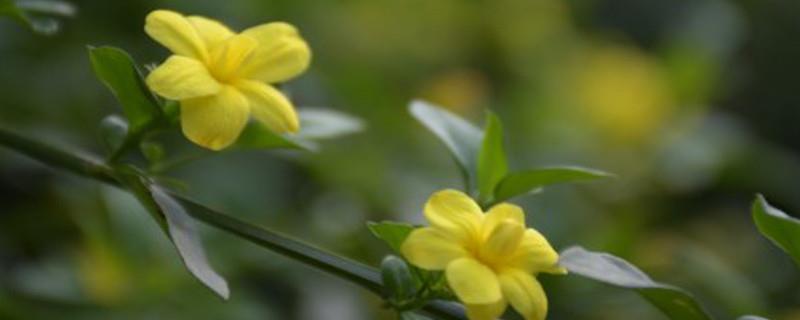How to grow Indian rubber trees
Last Update :2024.05.01
Article Catalog
Soil: It is recommended to use breathable, water-permeable and fertile acidic soil for cultivating Indian rubber trees; temperature: it is best to control it between 20-25℃. It is relatively heat-tolerant and can grow well even at temperatures above 30 degrees. Watering: It grows faster during high temperatures in summer, so you need to water it heavily and thoroughly. Lighting: Give it enough sunlight to make it grow. It will thrive, but be careful to shade it during the summer when the sun is strong.

1. Soil
1. Soil
It is recommended to use air-permeable and fertile acidic soil for cultivating Indian rubber trees. The potting soil is best prepared with leaf mold soil, grass ash soil and a small amount of river sand.
2. Temperature
The best growth temperature is 20-25°C, and it is relatively heat-resistant and can grow well even at temperatures above 30°C. However, its cold tolerance is very poor. If the temperature is too low in winter, it will shed a large number of leaves. In northern areas, it needs to be overwintered indoors.
3. Watering
During the high temperatures in summer, it grows faster. Water it heavily and thoroughly, but avoid water accumulation in the soil. Reduce watering in autumn to promote full plant growth and help it survive the winter smoothly.
4. Light
Give it enough sunlight to make it thrive, but be careful to provide it with appropriate shade during the summer months from May to September when the light is strong. You can use sunshade nets, etc. to control the light intensity.
5. Precautions
1. Fertilization: You can apply some nitrogen fertilizer in an appropriate amount. It can reduce the occurrence of spots and make the leaves brighter, but remember to stop fertilizing it in winter.
2. Pruning: It is best to prune it in spring, cut off forked branches, inward branches and thin branches to maintain ventilation and good light transmission in the tree.
2. Temperature
3. Watering
4. Lighting
5. Things to note
- END -
How to grow cat's claw

Soil: Cat's claw has no strict soil requirements, but it is more suitable for cult...
What is the representative flower of the beginning of spring?

The main representative flower at the beginning of spring is winter jasmine, which...